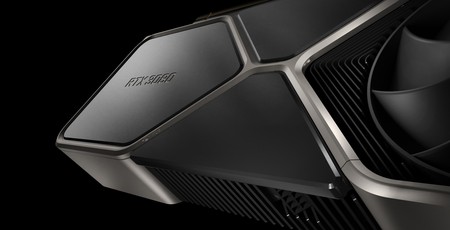
Nvidia’s RTX 30 Series is without doubt the biggest PC hardware launch of the year at present, so I wanted to take the chance to go over my own personal assessment of how it’s gone so far. It’s ended up longer than I anticipated, but what else are you gonna do? Buy yourself a new RTX 30 Series card? I think not...
Performance
Let’s start with the performance, which is frankly insane. The RTX 3080 is the first card that can do 4K gaming properly, by which I mean maximum detail at 60fps. And it does that all for “just” $700 – still expensive, but cracking value relative to the RX 5700 XT and especially the RTX 20 Series.
I look back on the early days of 4K with some fondness, but only because it allowed me to ditch 3x1080p testing in favour of 3,840 x 2,160 – no more monitor swapping and fussy setup for card reviews. After that, it remained little more than an interesting exercise, rarely striking me as a sensible resolution to game at, as you’d inevitably have to sacrifice frame rates and eventually detail settings or insane amounts of cash just to maintain it.
The RTX 3080 changed the equation, racing through some punishing games at this demanding resolution while keeping things (relatively) affordable. Ampere is a game-changer, and while there’s no escaping the fact that Ampere is also power-hungry, even on the Samsung 8nm process, Nvidia is at least able to put that power to work and deliver a meaningful step forward in performance. In doing so, power efficiency is at least sustained if not improved. The radical Founders Edition cooler also does an impressive job of managing the additional heat output from what I can see.
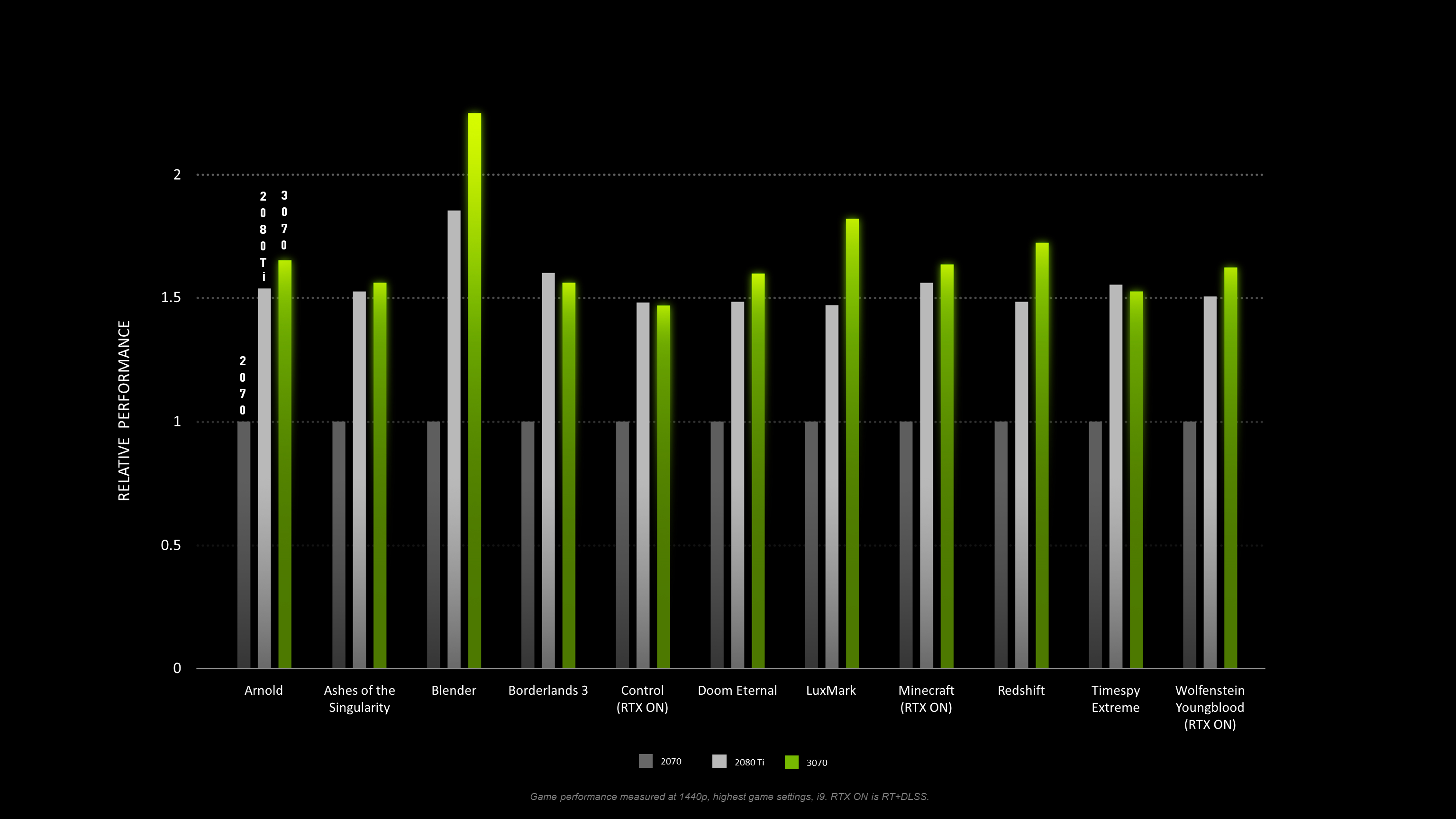
I don’t have insight into the RTX 3070’s performance beyond what Nvidia itself has supplied, but if the marketing proves to be true, a $500 card with RTX 2080 Ti-like performance is sure to go down very well, unless you happened to have bought the RTX 2080 Ti at full price, in which case you’ll get no sympathy from me.
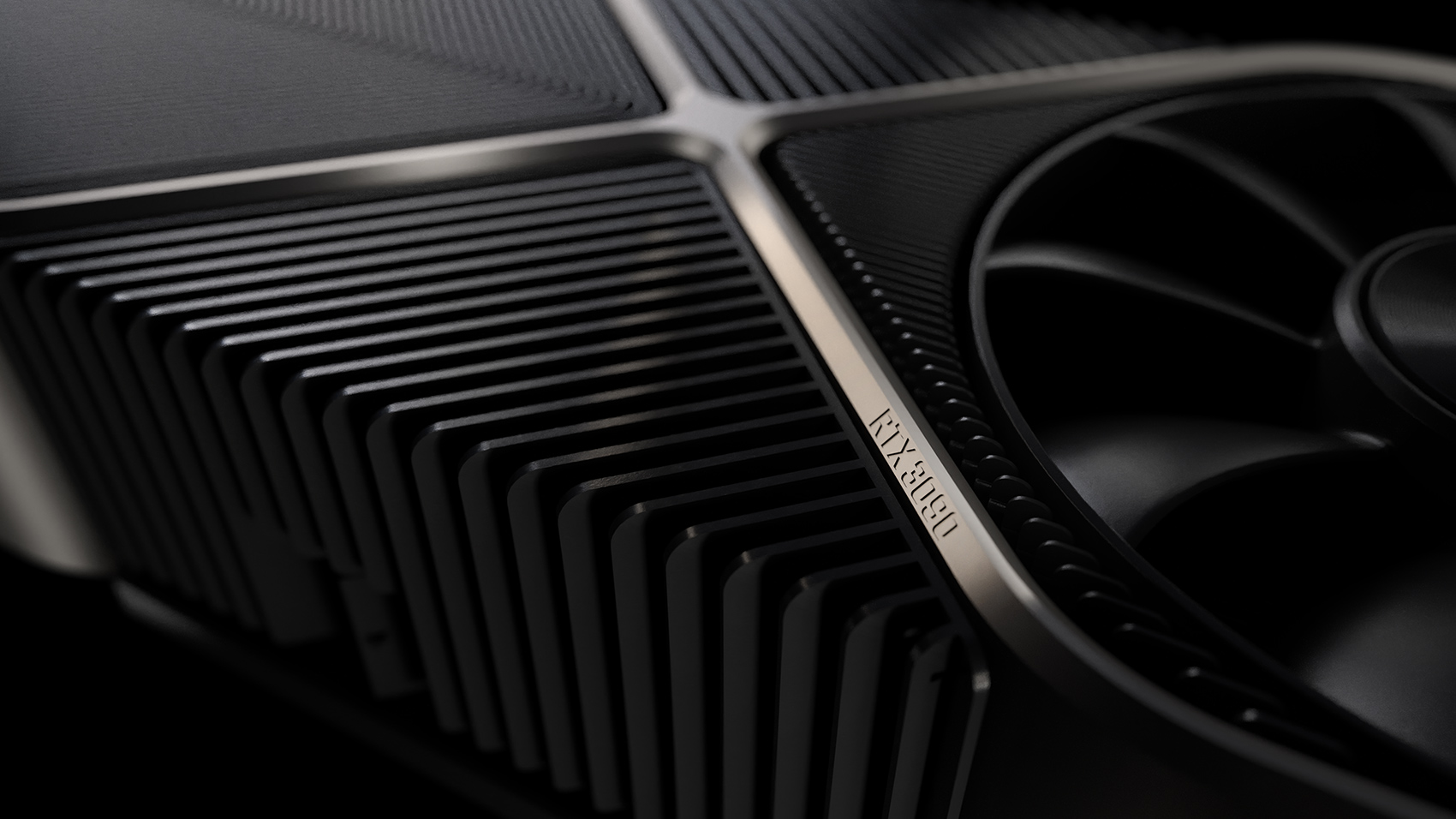
By comparison, the RTX 3090 is much less impressive. It has a Titan-like price with little to show for it other than a lot of memory. It offers about 10% more performance than the RTX 3080 for more than double the price. Those with an insatiable need for the latest and greatest will of course find the cash, but nearly everyone else will be better served by the cards below it.
Supply Problem
The new cards’ performance credentials speak for themselves, and the value of the RTX 3080 and (presumably) RTX 3070 is undeniably strong. However, as you know, the entire supply chain has been overwhelmed by the demand for Ampere graphics cards, and this now looks set to continue through to the end of the year. Even bit-tech didn’t get one to begin with – a travesty if ever there was one.
Shortly after the RTX 3080 stock was immediately depleted, Nvidia issued an apology/explanation stating, ‘The demand for the GeForce RTX 3080 was truly unprecedented. We and our partners underestimated it.’
Not being able to meet demand is a problem, especially when you’re the company primarily responsible for creating and fuelling said demand. Irrespective of any of the causes or whether Nvidia could have done better, there's no escaping the public's perception of the current situation as an utter shitshow - a problem for any company. CEO Jensen Huang’s recent statement, ‘I just don’t think there’s a real problem to solve’, therefore strikes me as a terrible choice of words, one likely to irritate frustrated customers further. At the very least, the public perception is a problem to solve. Personally, I don't think the apology/explanation went far enough; without some transparency on quantifiable, comparable data (e.g. Nvidia's original demand predictions, available production capacity, yields, and global shipping figures), we can only take Nvidia at its word that it did what it could. I have no expectation Nvidia ever will share such data, and besides, I'm sure a signifiant portion of irate enthusiasts would remain unconvinced, so it's easy to understand why such data remains secret.
Nonetheless, the general gist of Nvidia’s messaging, that it prepared for a lot of demand, just not this much, is one I find believable, because it seems to have caught everyone else involved off guard too. Multiple retailer websites suffered outages, board partners have reported record highs in traffic, and there hasn’t really been a sense from retail partners that inventory of the cards was lacking - it wasn't a paper launch. Exact figures for stock levels are hard to come by, but retailers missing out on guaranteed sales because of no or low inventory from Nvidia is a story I have little doubt would have bubbled to surface by now in off-record conversations, but that’s simply not the case.
Nvidia also isn’t alone in not being able to meet demand (see PS5 pre-orders as another example). Normality has shifted significantly in 2020, and the surge in demand for gaming hardware across the industry is undoubtedly a result of the unprecedented global lockdown measures i.e. less pub, more gaming.
Should Nvidia have waited until it had sufficient stock? It’s hard to be certain without knowing how many people want to buy an Ampere card right now and how long it would take to make them all, but Huang’s comments are more useful here: ‘Even if we knew about all the demand, I don't think it's possible to have ramped that fast. We're ramping really, really hard. Yields are great, the product's shipping fantastically, it's just getting sold out instantly.’
I do think Nvidia should take some flak for not anticipating the demand. One imagines it has advanced capabilities for monitoring and predicting it, and it’s not as if the story of high demand for PC parts this year is anything new. That said, hindsight is always 20/20 (especially in 2020, ayyyyy...), and humans are notoriously bad at predicting the future.
Where I think criticism towards Nvidia is better aimed is at the leaking of customers’ personal data through its web store during the RTX 3080 launch, and at the initial lack of CAPTCHA verification to help prevent bots gobbling up the stock. While the company has addressed both issues since, Nvidia has the resource to foresee and prevent these issues, and compromising customer privacy is especially poor form.
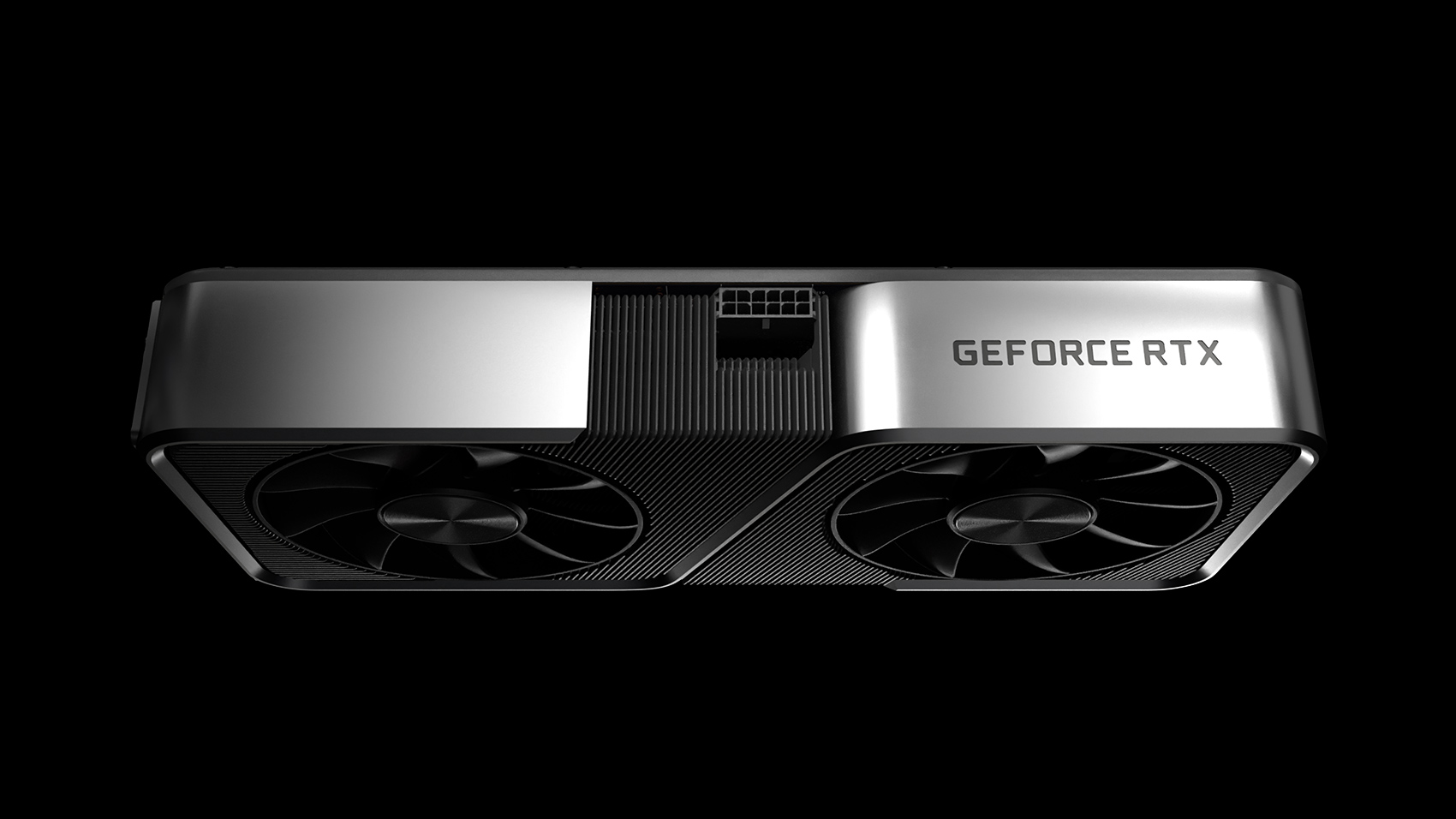
Nvidia’s real test, of course, will now be the RTX 3070, delayed by two weeks to give Nvidia time to ‘help [its] global partners get more graphics cards into the hands of gamers on launch day’. Now, two weeks is not enough time to suddenly produce and ship hundreds of thousands of RTX 3070s, and I am 100% expecting a Glastonbury-esque stock depletion yet again come October 29th, even if there is a bit more stock in the channel overall. I could be wrong, of course, but with Jensen Huang specifically saying RTX 3080 and RTX 3090 shortages are expected until the end of the year, it's not looking great for the most accessible Ampere product to date.
What the two-week delay does give time for is better preparedness in terms of website robustness and security as well as anti-bot measures. Nvidia and its partners can no longer call the demand ‘unprecedented’, and I hope they are taking suitable measures to prepare for it being considerably higher – there’s no excuse for not being as over-prepared as possible within the time frame.
Glastonbury is actually a great example of managing overwhelming demand; I’m not saying customers should undergo photo registration just to buy a graphics card, of course, but in my experience missing out on a ticket never feels unfair. Hopefully, then, there are lessons that can be learned in time for the RTX 3070 launch, although I’d argue that the problems don’t only exist on the supply side...

MSI MPG Velox 100R Chassis Review
October 14 2021 | 15:04


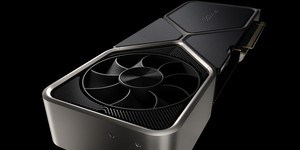
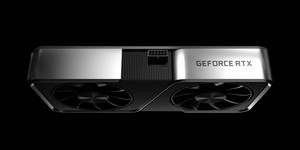
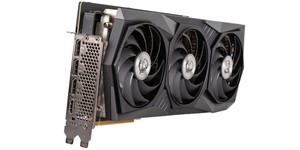




Want to comment? Please log in.